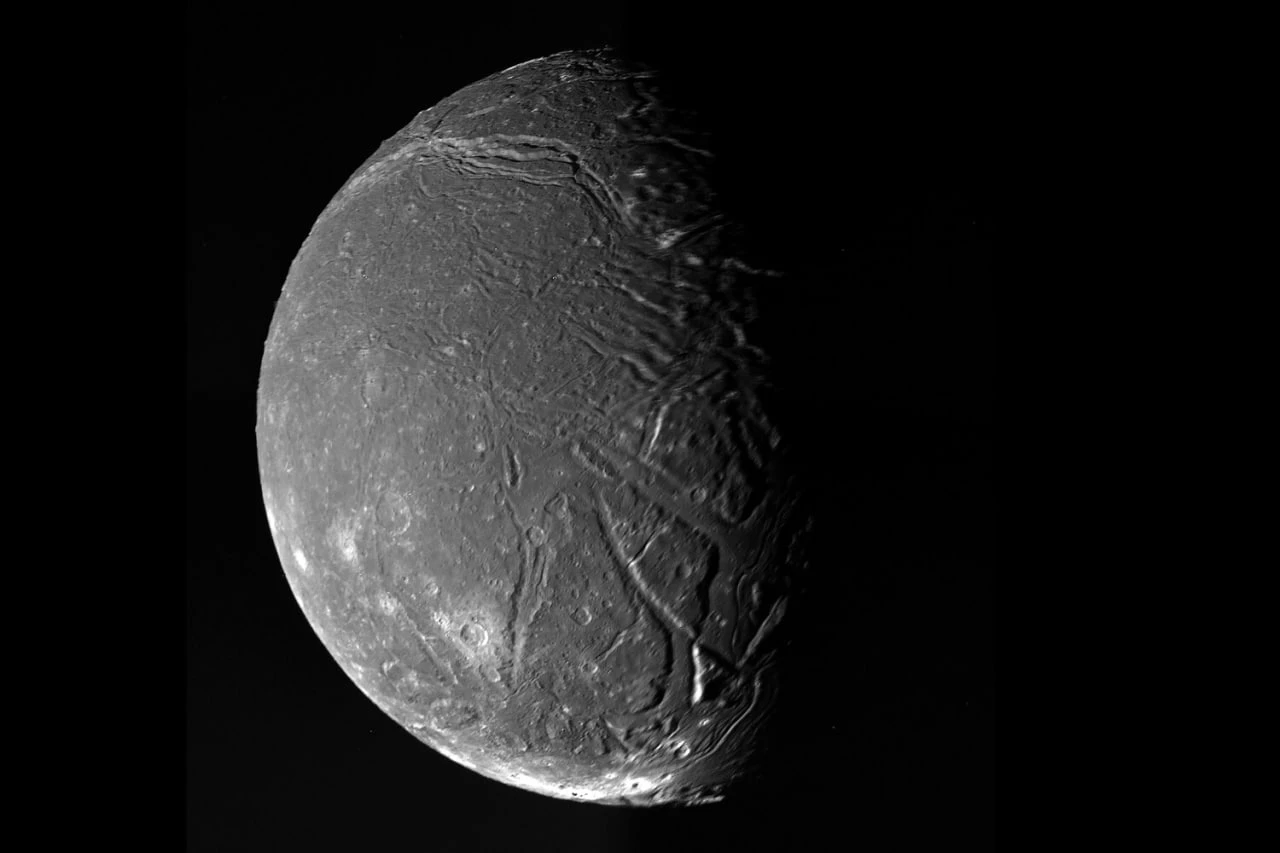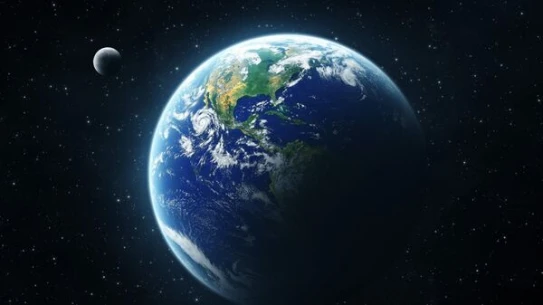The glacial ocean on Uranus Ariel satellite may have been a dozen times deeper than the country's Pacific Ocean. This conclusion was reached by an international group of planets. The study was published in Ikarus magazine.
Ariel is the brightest satellite of uranium and the fourth in its own system. Its surface combines old craters and relatively young regions that have probably caused by cryiolic eruptions. Scientists have specified sandclants, mountain ranges and grabes, structures that testify to strong internal and external tensions.
To understand this tension, researchers have compared the map of surface structures with the models of tasks caused by the Ariel's orbital movement. They found that it was about 40 times more eccentric in the past than today. This tidal forces could cause the deformation of the ice peel and cracks on the surface if there was an ocean under it.
According to the calculations, the depth of the ocean could reach 170 km, while the average depth of the country's Pacific is only 4 km. Scientists say that this data makes Ariel among the unique ice satellites.
In the past, the same research team showed that there could be another satellite of uranium, Miranda.
"We have more and more evidence that the uranium system can be a house of ocean worlds," said Tom Nordheim, co-authored by the laboratory of the University of Jones Hopkins.
Scientists emphasize that so far humanity has seen only the southern hemispheres of Ariel and Miranda. Future missions aimed at uranium can confirm the availability of oceans and help follow the external solar system of ocean evolution.
Translation of: Euromedia24.com


























